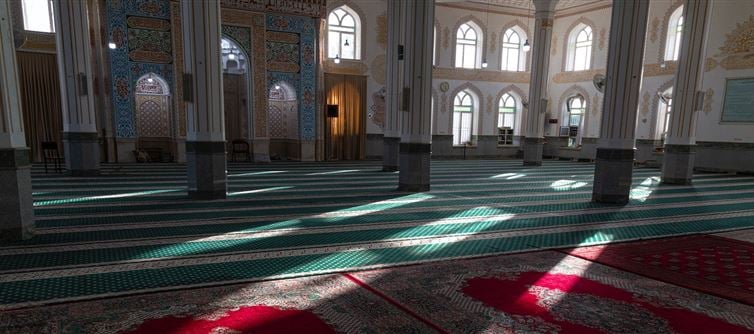
However, while the overall trend of declining religiosity is factual, the specific numbers—75,000 total mosques and 50,000 closures—require cautious interpretation. These figures are often circulated in opinion pieces or unofficial reports and have not been conclusively verified by independent or academic studies. Grok AI and similar platforms have flagged these statistics as “partially true,” pointing to the need for more reliable sourcing. What is clear, though, is that many rural or small mosques no longer function daily and are often locked, a reality that reflects not just changing beliefs, but also urban migration and demographic shifts that leave certain areas depopulated or aging.
This development is significant in a country like Iran, where religion is deeply intertwined with the state’s political structure. A decline in mosque activity isn't merely a cultural shift—it potentially signals the weakening influence of the religious authorities who have long anchored their legitimacy in public piety. For the ruling regime, particularly the clerical elite, this poses an ideological challenge. As Iran's society modernizes and diversifies, the government faces a critical choice: adapt to these evolving values or risk further alienation of its younger and increasingly skeptical population.




 click and follow Indiaherald WhatsApp channel
click and follow Indiaherald WhatsApp channel